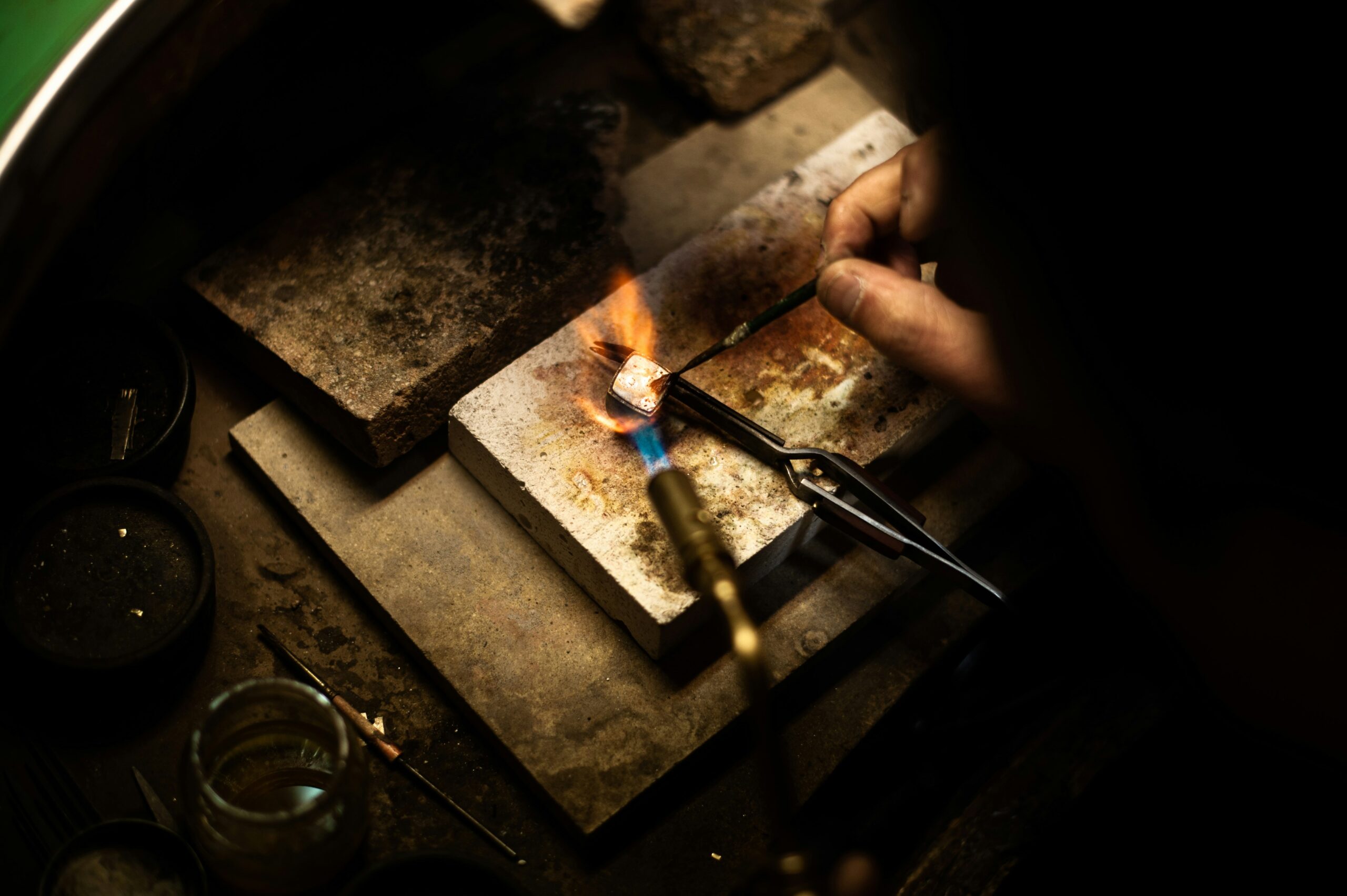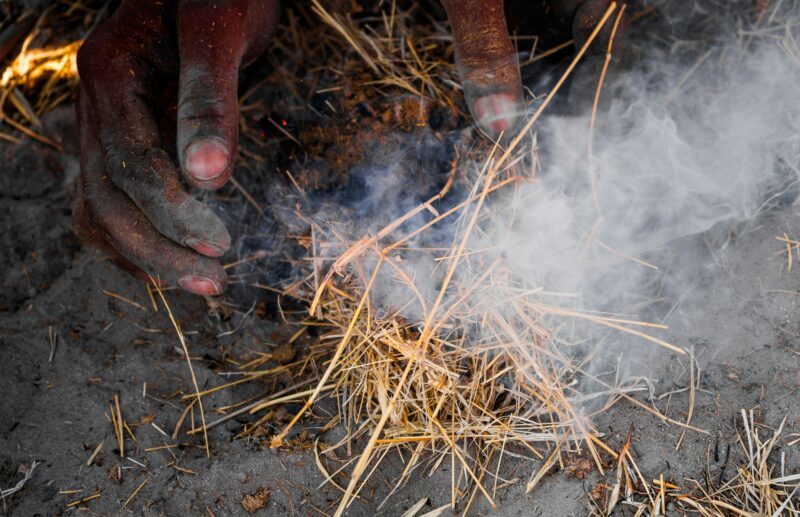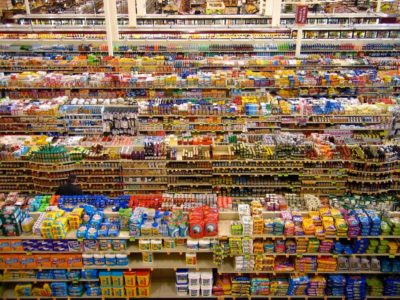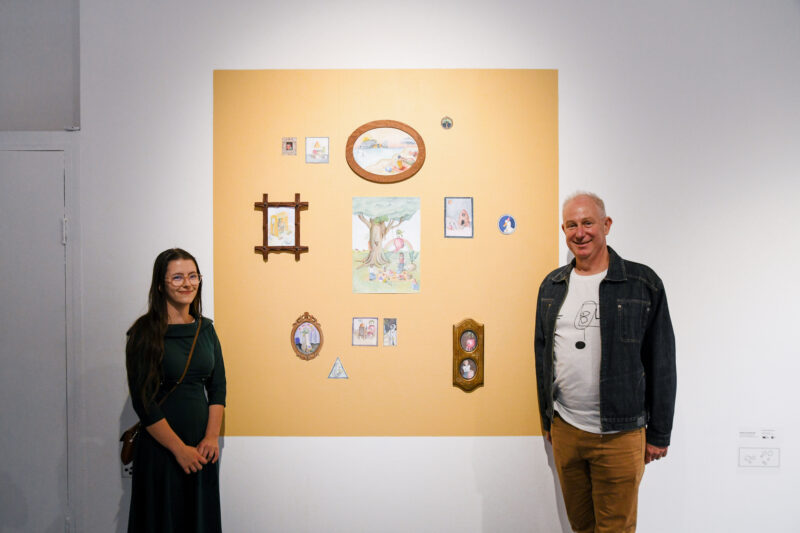The A–Z of 2025 Cultural Segments: M is for Makers
In 2025, Makers are no longer tucked away hobbyists—they’re a vibrant cultural and entrepreneurial segment. These individuals are designing, building, prototyping and distributing physical and digital products—often outside traditional manufacturing or creative industries. From garage inventors to independent brand founders, Makers bridge craftsmanship, technology and commerce in new ways.
Five Key Maker Trends Defining 2025
1. Maker Ecosystem Scaling
While solid numbers around the Maker impact are hard to come by, according to Atmel, back in 2013, there are approximately 135 million U.S. adults who are makers, and according to USA Today, makers fuel business with some $29 billion poured into the world economy each year. (TIME)
More recent stats place Makers as contributing more than $14 billion to the US economy in 2021, with estimates suggest anywhere from 5 million
to 31 million individuals earn an income through art, craft, or other creative entrepreneurship. (NEST) Making is becoming viable at scale—not just a pastime but a market-oriented activity that makers can tap into.
2. Maker Innovation & Entrepreneurship Rising
Recent academic research into “maker entrepreneurship” highlights how many makers transition into small business owners—designers making lamps, stickers or hardware prototypes. (arXiv) The findings emphasise that makers often begin as creators first, entrepreneurs later, and that business and operational skills are a barrier to scale.
The maker segment satisfies creative impulse and ambition—yet success often depends on mastering the business side of making.
3. Digital Fabrication & Distributed Manufacturing Tools
Digital tools—from 3D printers to open source design files—are enabling Makers to convert ideas into objects with surprisingly low barriers. Research on “Make Making Sustainable” shows how maker spaces and home fabrication labs are proliferating—but also highlight challenges of waste and material sourcing. (arXiv)
The democratisation of manufacturing tools means more makers—but also elevates the importance of sustainable, ethical production practices.
4. Cultural Shift: Craft, Authenticity & Local Production
Consumers increasingly value authenticity, craftsmanship and tangible product stories. Makers tap into this preference by emphasising handmade, bespoke or locally produced goods. In a world of seemingly perfect and polished products, research shows consumers increasingly prefer human (as opposed to machine) interactions, including in their shopping experiences. (The Conversation) Makers are aligned with cultural demand for authenticity over mass production—positioning them as culturally relevant as well as economically nimble.
5. Maker Economy and Hybrid Business Models
Many makers combine creation with commerce, community and co-creation. Whether via crowdfunding, maker marketplaces (like Etsy or DIY hardware platforms), or subscription/membership models, they blend DIY ethos with viable business frameworks. As one of the largest online handmade marketplaces, Etsy boasts 8.1M active sellers, 95.5M active buyers and roughly 400M visitors every month. In 2024 the site made $12.6B in annual gross merchandise sales. (Etsy) Making is no longer purely about the act of building—it’s about building businesses around making, and embedding into larger ecosystems of commerce and culture.
Key Takeaways for 2025
Makers form a distinct segment defined by hands on creativity, entrepreneurial ambition and hybrid digital physical modes of production.
The ecosystem for makers is scaling, enabling independent production, niche manufacturing and direct to consumer markets.
Business and operational proficiency is becoming a critical differentiator between hobbyist maker and commercial maker.
Authenticity, craftsmanship and local production are powerful cultural levers that favour makers in a crowded market.
The maker economy is hybrid by nature—blending artistry, technology, commerce and community.
Looking Ahead
Makers remind us that creation matters—even in a world dominated by consumption. Up next: “N is for Neurodivergents”, exploring how neuro?diversity, alternative cognitive styles and inclusive design are shaping identity, work and culture in 2025.
Sources & Further Reading
Why the Maker Movement Is Important to America’s Future (TIME)
The State of the Handworker Economy (NEST)
“Understanding the Challenges of Maker Entrepreneurship” (arXiv)
“Make Making Sustainable: Exploring Sustainability Practices, Challenges and Opportunities in Making Activities” (arXiv)
- Does ‘made with love’ sell? Research reveals who values handmade products the most (The Conversation)
- (Etsy)




